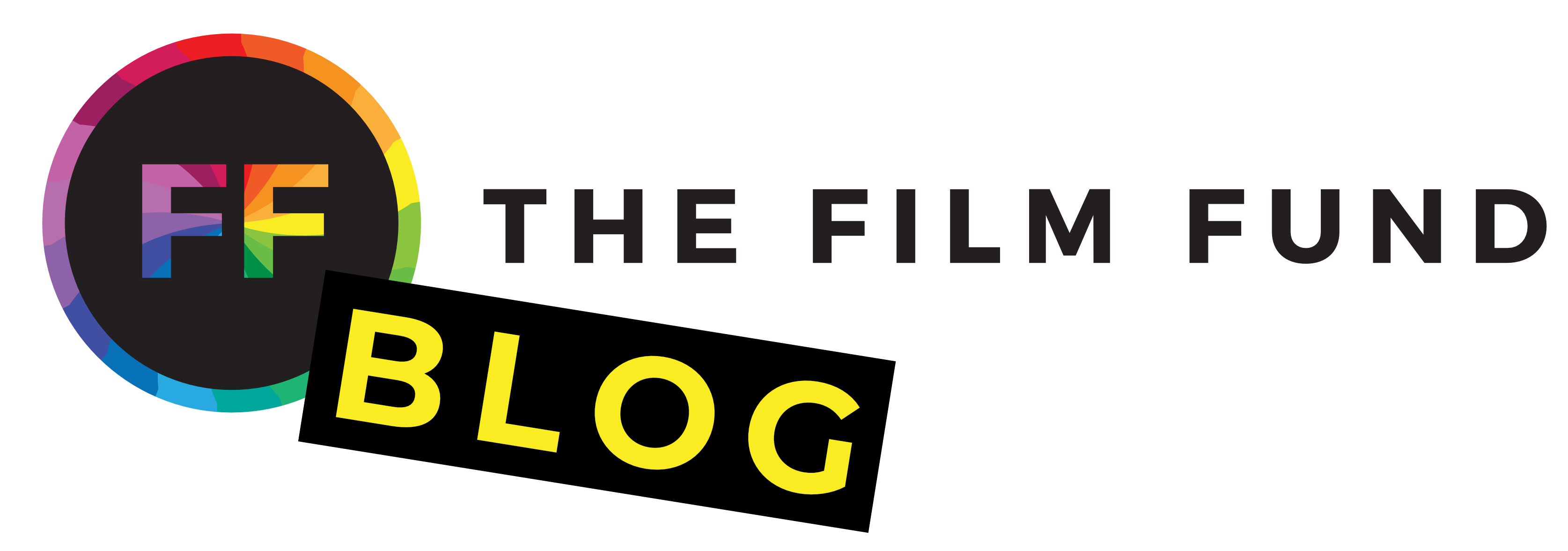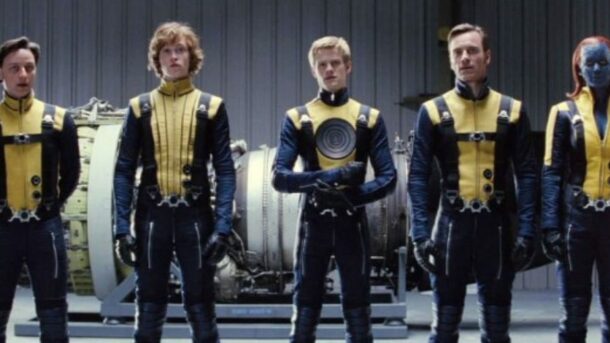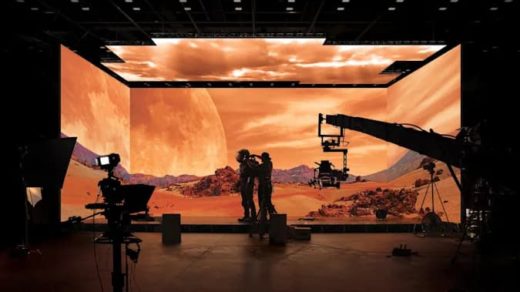The world of cinema is constantly evolving, and movie prequels play a vital role in this evolution. They serve as a creative canvas where filmmakers can paint a rich backstory, enhancing our connection to the characters and the overall narrative. Crafting a compelling prequel is an art that involves a delicate dance between preserving the essence of the original story and introducing fresh elements that captivate audiences.
At the core of every memorable prequel lies a meticulously crafted foundation. Imagine it as the stage being set for a grand performance. The backstory introduced in a prequel lays the groundwork for the entire cinematic experience, offering a window into the events that shaped the characters we’ve come to love. This stage-setting is a critical aspect of successful movie prequels, and it’s precisely what we’ll be delving into in this exploration of the art of prequel-making.
So, buckle up, movie aficionados! Join us as we navigate the intricacies of crafting immersive worlds, developing complex characters, and striking the perfect balance between the old and the new. Our quest is to uncover the elements that transform a movie prequel from a mere backstory into a cinematic masterpiece.
Setting the Stage: Elements of a Good Movie Prequel
Now that we’ve warmed up to the idea of movie prequels, let’s dive into the nitty-gritty of what sets apart the exceptional from the ordinary. Crafting a good prequel is like baking a perfect cake—each ingredient contributes to the final masterpiece. So, what are these key elements that form the backbone of a captivating movie prequel?
Establishing a Compelling Backstory
Think of a prequel’s backstory as the roots of a towering tree. It’s the unseen force that nourishes everything above ground. A well-crafted prequel takes the time to delve into the history, the motivations, and the untold tales that shaped the characters and the world we’ve grown to love. By establishing a compelling backstory, filmmakers create a sturdy foundation, allowing the audience to emotionally invest in the unfolding narrative.
Developing Complex Characters with Depth
Characters are the heartbeat of any story, and in a prequel, their evolution takes center stage. It’s not just about where they end up; it’s about understanding where they came from. In the realm of movie prequels, character development is an art form. Audiences crave depth, and a prequel that peels back the layers, revealing the nuances of a character’s journey, adds a layer of authenticity that resonates long after the credits roll.
Maintaining Consistency with the Original Storyline
Ah, the delicate dance of consistency! A successful prequel seamlessly weaves its narrative threads into the fabric of the original story. It’s not about reinventing the wheel but rather enhancing the overall experience. Think of it as a symphony where each note complements the others. A good prequel maintains the essence of what made the original story captivating while introducing new elements that enrich the tapestry.
Balancing the Fine Line Between Novelty and Familiarity
Much like creating a sequel, navigating the waters of novelty and familiarity is an art that distinguishes the extraordinary prequel from the ordinary prequel. While audiences crave fresh perspectives, there’s comfort in the familiar. A stellar prequel finds the sweet spot, introducing novel elements that intrigue without alienating fans of the original. It’s a delicate balance that, when executed masterfully, elevates the prequel to a league of its own.
The Art of World-Building in Prequels
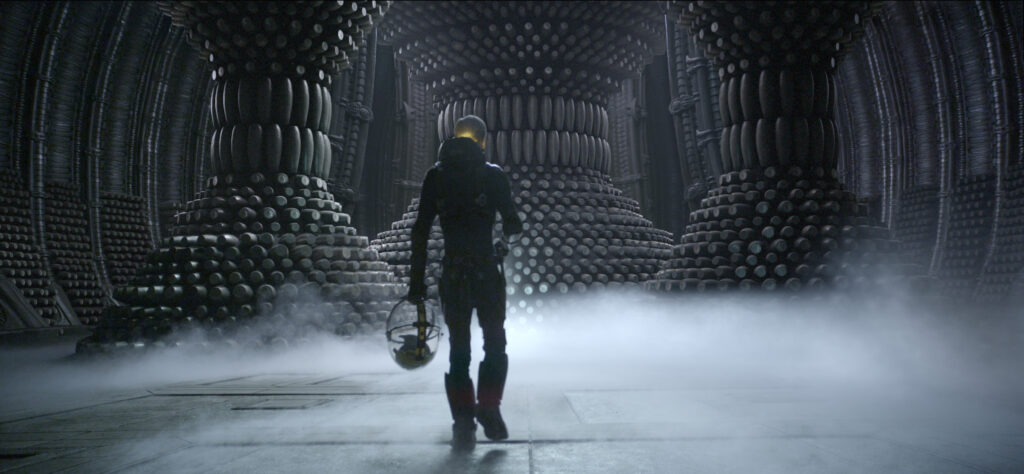
Now that we’ve uncovered the foundational elements of a great movie prequel, let’s embark on a cinematic journey into the enchanting realm of world-building. Imagine the prequel as a portal, transporting us to unexplored landscapes and untold stories. How does this magical process of world-building contribute to the allure of movie prequels? Let’s break it down.
Creating Immersive and Authentic Settings
In the world of movie prequels, settings aren’t just backdrops—they’re characters in their own right. Whether it’s the mystical realms of Middle-earth or the galaxy far, far away, a prequel’s setting should be more than a stage; it should be an immersive experience. Crafting authentic and visually stunning landscapes helps transport the audience, creating a sense of wonder that enhances the overall cinematic journey.
Exploring Untold Aspects of the Film’s Universe
One of the joys of a prequel lies in its ability to peel back the layers of a familiar universe, revealing hidden treasures and untold tales. Think of it as exploring a well-worn map and discovering uncharted territories. A successful prequel delves into the richness of its established universe, bringing to light aspects that were merely hinted at in the original, sparking the audience’s curiosity and expanding the narrative horizon.
Examples: “Prometheus”
To illustrate the art of world-building in prequels, let’s take a look at a cinematic example. In “Prometheus,” Ridley Scott invites us to revisit the nightmarish world of “Alien”, exploring the events that preceded that fateful encounter with the Xenomorph on the Nostromo. Given the mystique surrounding the alien lifeforms seen in the series, it makes sense to dive into that lore and further craft the world of these films.
Character Arcs and Origin Stories
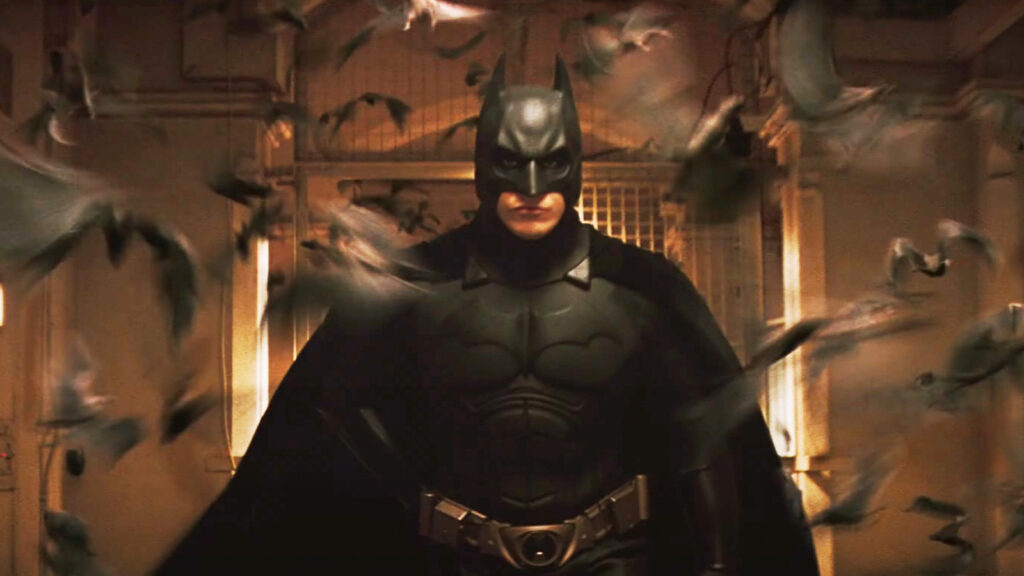
As we continue our exploration of the intricate art of movie prequels, our next stop takes us deep into the realm of characters. In a prequel, characters aren’t just names on a script—they’re the architects of emotion, the conduits through which the audience experiences the unfolding narrative. Let’s dive into the fascinating world of character arcs and origin stories, where the past illuminates the present in ways that resonate long after the credits roll.
Crafting Relatable and Engaging Character Journeys
In the heart of every compelling prequel lies the journey of its characters. These journeys aren’t just about what happens but how it happens. Crafting relatable character arcs allows the audience to connect on a deeper level, empathizing with the struggles, triumphs, and growth of the characters they’ve grown to love. A good prequel takes the time to explore the nuances of these journeys, making the characters feel not only relatable but like old friends revisited.
Exploring the Transformation of Key Characters
A prequel is a canvas for transformation, showcasing characters in a state of becoming. Whether it’s the rise of a hero or the fall of a tragic figure, the journey of transformation adds layers of complexity to the overall narrative. Witnessing characters evolve and understanding the events that shaped them in their formative years adds a profound dimension to the storytelling experience, making the prequel an essential piece of the cinematic puzzle.
Examples: “X-Men: First Class” and “Batman Begins”
To illuminate the power of character arcs and origin stories, let’s step into the superhero realm. “X-Men: First Class” doesn’t merely explore the origins of mutants but delves into the intricate relationships and personal struggles that define the iconic X-Men characters. Meanwhile, “Batman Begins” peels back the layers of Bruce Wayne’s past, unraveling the genesis of the Dark Knight and his journey from a man in fear to a symbol of hope.
Navigating the Timeline: The Chronological Challenge
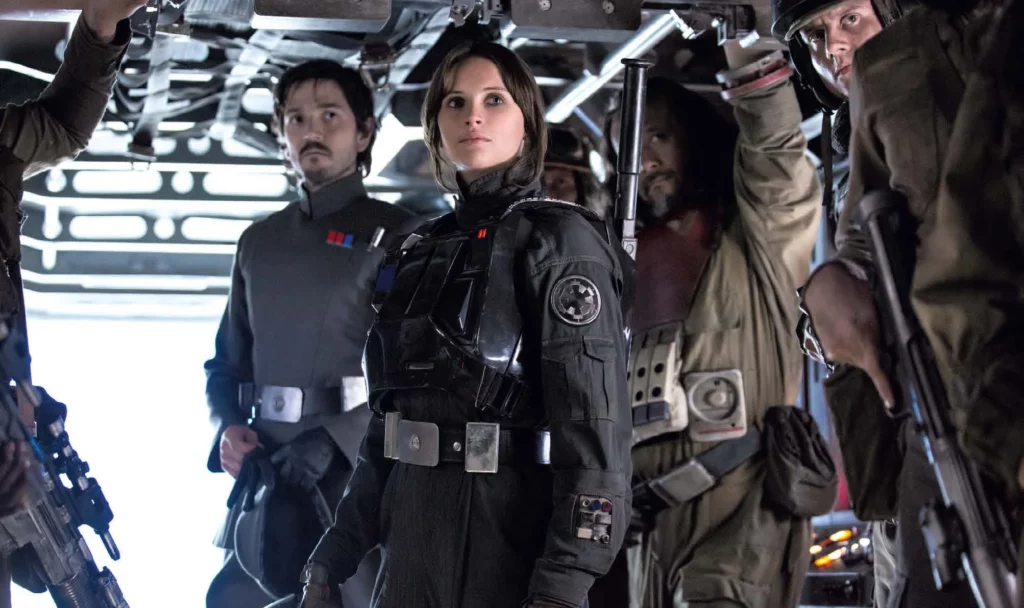
As we unravel the layers of movie prequels, our next destination is the intricate dance of timelines. Navigating the chronological landscape in a prequel requires finesse, precision, and a keen understanding of the established narrative. Join us as we explore the challenges and triumphs of telling a story that precedes what we already know, diving into the temporal complexities that make movie prequels a captivating puzzle.
Addressing Timeline Complexities in Prequels
The chronological challenge is at the heart of every prequel. How do filmmakers weave a narrative that aligns seamlessly with the established timeline of the original while introducing fresh elements? It’s a delicate balance that requires meticulous attention to detail. Addressing timeline complexities involves not only respecting the events that precede but also offering a fresh perspective that enriches the overall storytelling experience.
Maintaining Coherence with the Original Timeline
Coherence is the glue that holds the fabric of a cinematic universe together. A successful prequel doesn’t just coexist with the original timeline—it enhances it. Maintaining coherence involves careful consideration of every narrative thread, ensuring that the prequel enriches, rather than contradicts, the events that follow. It’s a cinematic jigsaw puzzle where each piece contributes to the grand picture.
Examples: “Rogue One: A Star Wars Story”
To illustrate the mastery of navigating timelines, let’s journey to a galaxy far, far away with “Rogue One: A Star Wars Story.” This prequel seamlessly integrates with the original trilogy, offering a fresh perspective on the events leading up to “A New Hope.” Despite all of the intertwined lore of the Star Wars franchise, this movie manages to find its place in the timeline and tell a new Star Wars story from a novel angle.
The Power of Easter Eggs and Nostalgia
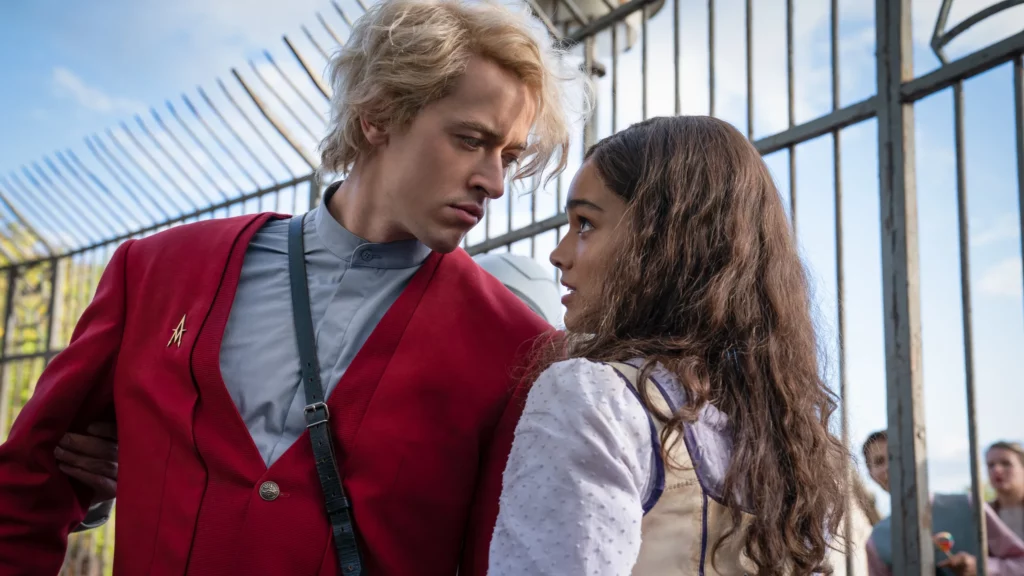
Our journey through the enchanting world of movie prequels wouldn’t be complete without delving into the delightful realm of Easter eggs and nostalgia. These cinematic gems are the secret sauce that makes prequels not just a journey into the past but a celebration of the entire cinematic universe. Join us as we uncover the magic behind the carefully placed Easter eggs and the potent allure of nostalgia in the world of movie prequels.
Integrating Subtle Nods to the Original Material
Easter eggs are the hidden treasures that make watching a prequel an exhilarating experience for devoted fans. These subtle nods to the original material serve as a nod of appreciation to those who have journeyed through the cinematic universe before. From subtle references to iconic lines, characters, or even visual motifs, the integration of Easter eggs is a craft that rewards attentive viewers and deepens the connection between the prequel and its predecessor.
Pleasing Fans with Nostalgic Elements
Nostalgia is a powerful emotion, and in the world of movie prequels, it’s a tool that filmmakers wield with precision. From revisiting familiar locations to bringing back beloved characters, the incorporation of nostalgic elements serves as a love letter to fans. It’s a cinematic reunion that tugs at heartstrings, evoking memories of the original while adding new layers to the storytelling experience.
Examples: “Solo: A Star Wars Story” and “The Ballad of Songbirds and Snakes”
To witness the mastery of Easter eggs and nostalgia, let’s journey to the galaxy once more with “Solo: A Star Wars Story.” This prequel not only introduces us to the origins of the beloved Han Solo but is peppered with nods to the wider Star Wars universe, from familiar faces to iconic ships. On another note, the newly released “The Ballad of Songbirds and Snakes”, a prequel to “The Hunger Games” series of movies, has its share of easter eggs. It seems that this one is sure to please those who are nostalgic for the earlier movies and books.
Avoiding Prequel Pitfalls: Common Mistakes to Steer Clear Of
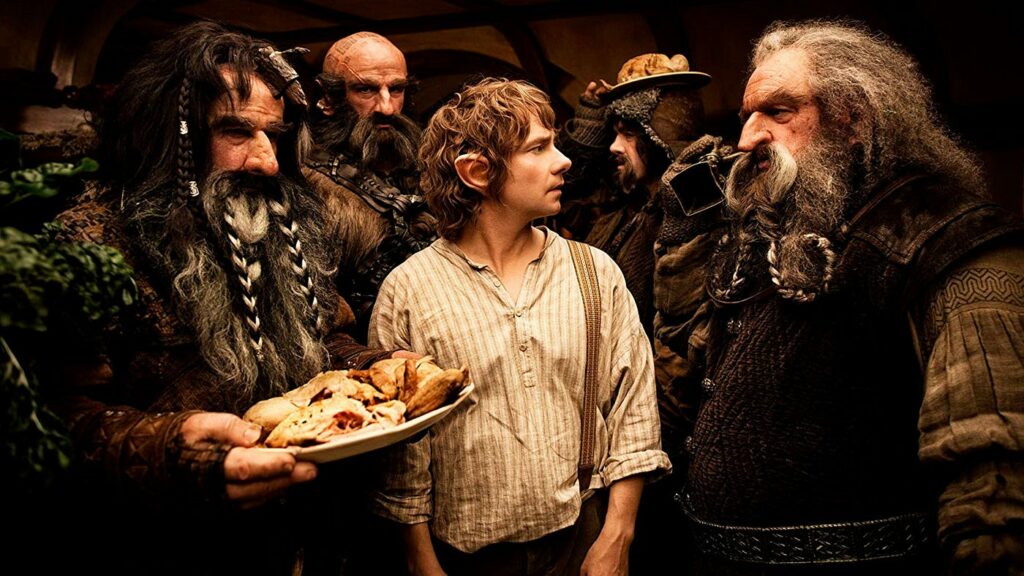
Our exploration of movie prequels wouldn’t be complete without shining a light on the common pitfalls that filmmakers must navigate. Crafting a prequel is a delicate dance, and steering clear of these missteps ensures that the magic of the original isn’t lost in translation. Join us as we navigate the treacherous terrain of potential pitfalls, offering insights into how filmmakers can avoid stumbling on the path to creating a memorable cinematic prequel.
Overexplaining or Contradicting Established Lore
One of the cardinal sins in the realm of movie prequels is overexplaining or, worse, contradicting established lore. Fans enter a prequel with a certain understanding of the world they love, and altering that foundation can lead to disappointment. Striking the right balance between offering new information and preserving the mystery is crucial. A successful prequel adds depth without demystifying the magic of the original.
Neglecting Character Development for the Sake of Plot
In the quest to unravel a captivating plot, some prequels make the mistake of neglecting character development. Characters are the heartbeat of any story, and in a prequel, their evolution is paramount. Rushing through character arcs for the sake of advancing the plot can leave audiences feeling disconnected. The key is finding a harmonious balance where both plot and character development are given the attention they deserve.
Examples of Missteps in Prequels and Lessons Learned
To shed light on the importance of avoiding common pitfalls, let’s examine a cautionary tale or two. The Star Wars prequel trilogy, for all its strengths, faced criticism for the handling of certain characters and deviations from established lore. Similarly, the “Hobbit” trilogy, while visually stunning, received flak for stretching a relatively concise story into three films. These examples teach us valuable lessons about the need for careful navigation in the prequel-making process.
In Conclusion
As we reflect on our journey, let’s revisit the key ingredients that contribute to the success of a movie prequel. A compelling backstory, nuanced character arcs, meticulous world-building, and a delicate balance between novelty and familiarity—all these elements weave together to create a tapestry of storytelling brilliance.
To the aspiring filmmakers out there, consider the prequel not as a daunting challenge but as a canvas waiting to be painted. Embrace the opportunity to delve into the untold stories, to expand upon the familiar, and to offer audiences a journey that enriches their love for the cinematic universe.
As we’ve seen in examples like “Prometheus,” “Rogue One: A Star Wars Story,” and “Batman Begins,” movie prequels, when crafted with care and creativity, have the power to captivate, inspire, and breathe new life into beloved narratives.
One more thing! If you’re a rising filmmaker who is looking for some help getting their short film budget together, enter our film funding contest! It’s simple: send us a one-sentence explanation of your short film idea and what you’ll use the funding for and you’re on your way to winning up to $10,000 in funding for your production. Head on over to our contest sign-up page to learn more and submit your entry!
